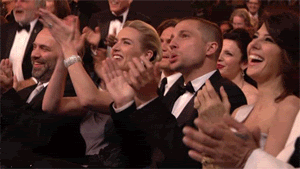Desert Rain - a picture post
We have FINALLY gotten some much needed rain down here in the desert. It is making for some very humid don't-even-bother-straightening-your-hair days, but things have cooled off ever so slightly and the dust has been kept to a minimum.There is a certain smell that springs from newly damp desert ground, but I suppose it smells just as good as any other place when long overdue rains arrive. I actually put it into the first chapter of my book. Here's a peek:
The western sky was the kind of blue that comes after a cleansing summer rain, and the breeze still smelled of damp sage and pine. Leather reins lay slack in her fingers, resting on the saddlehorn in front of her. Closing her eyes, Ruby breathed in the beautiful day.
You'll have to wait to read more, but I'll try to pop in a few tidbits here and there. Until then, enjoy some recent photos of the girls (click images to enlarge):
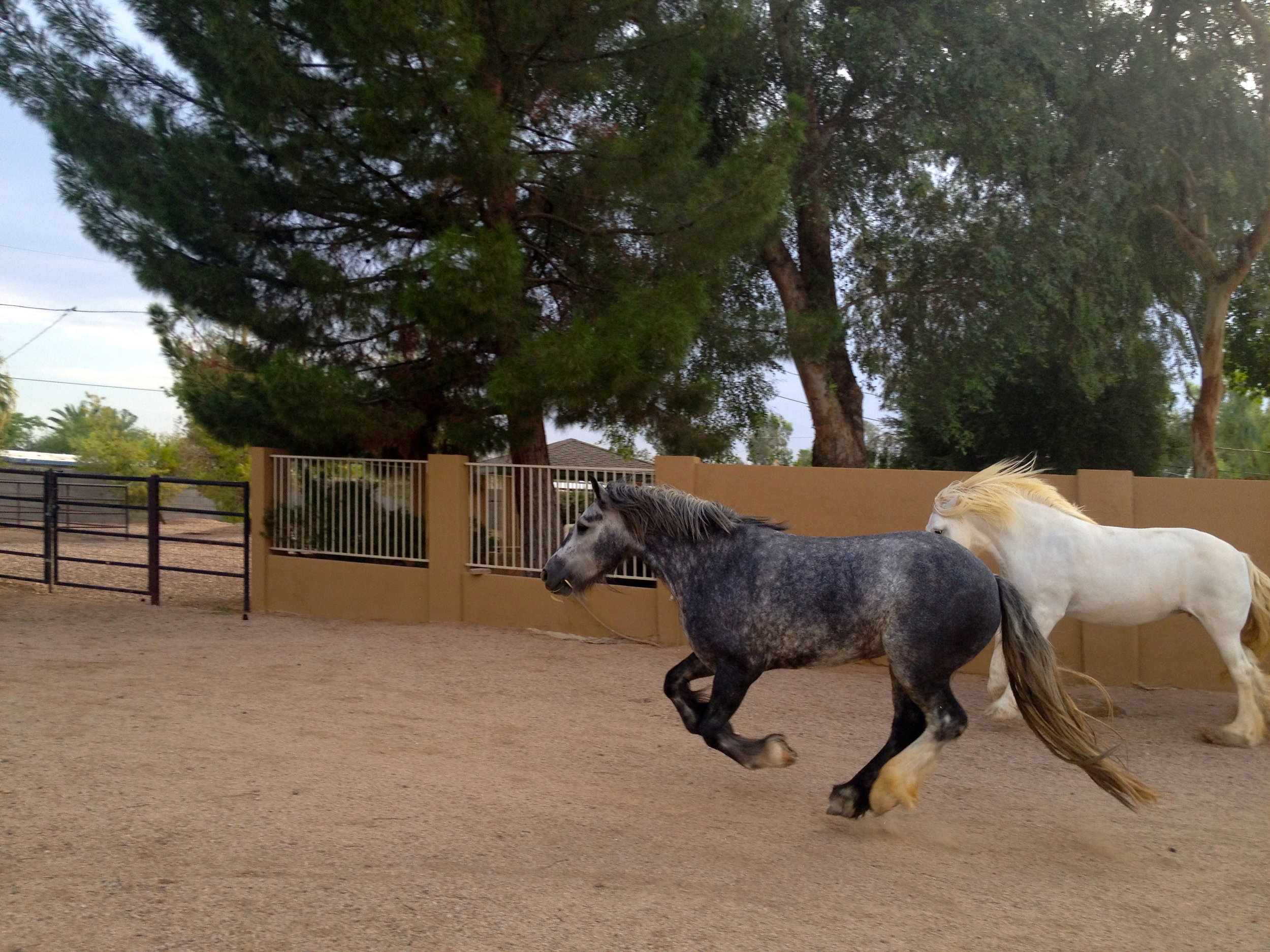
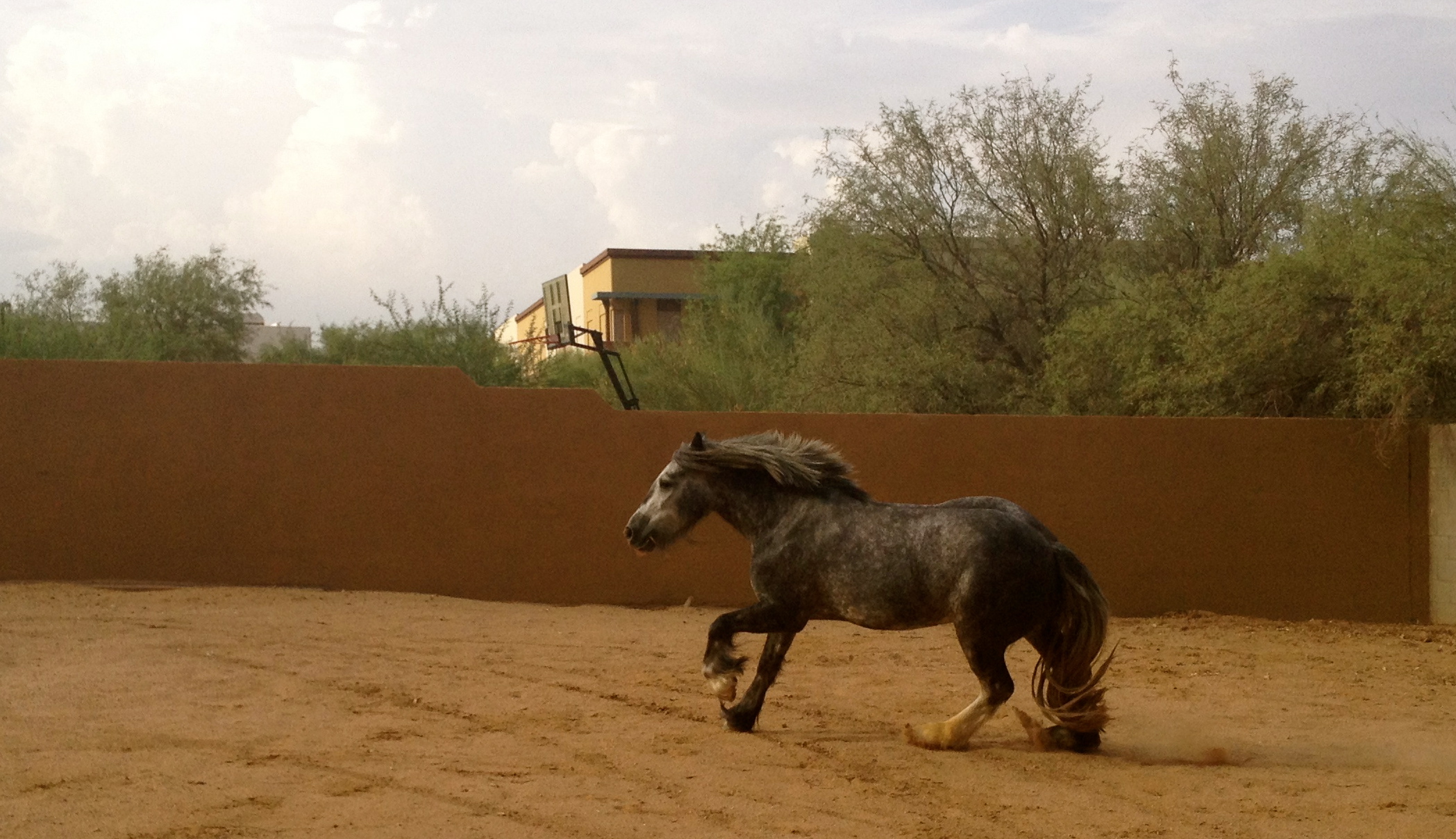

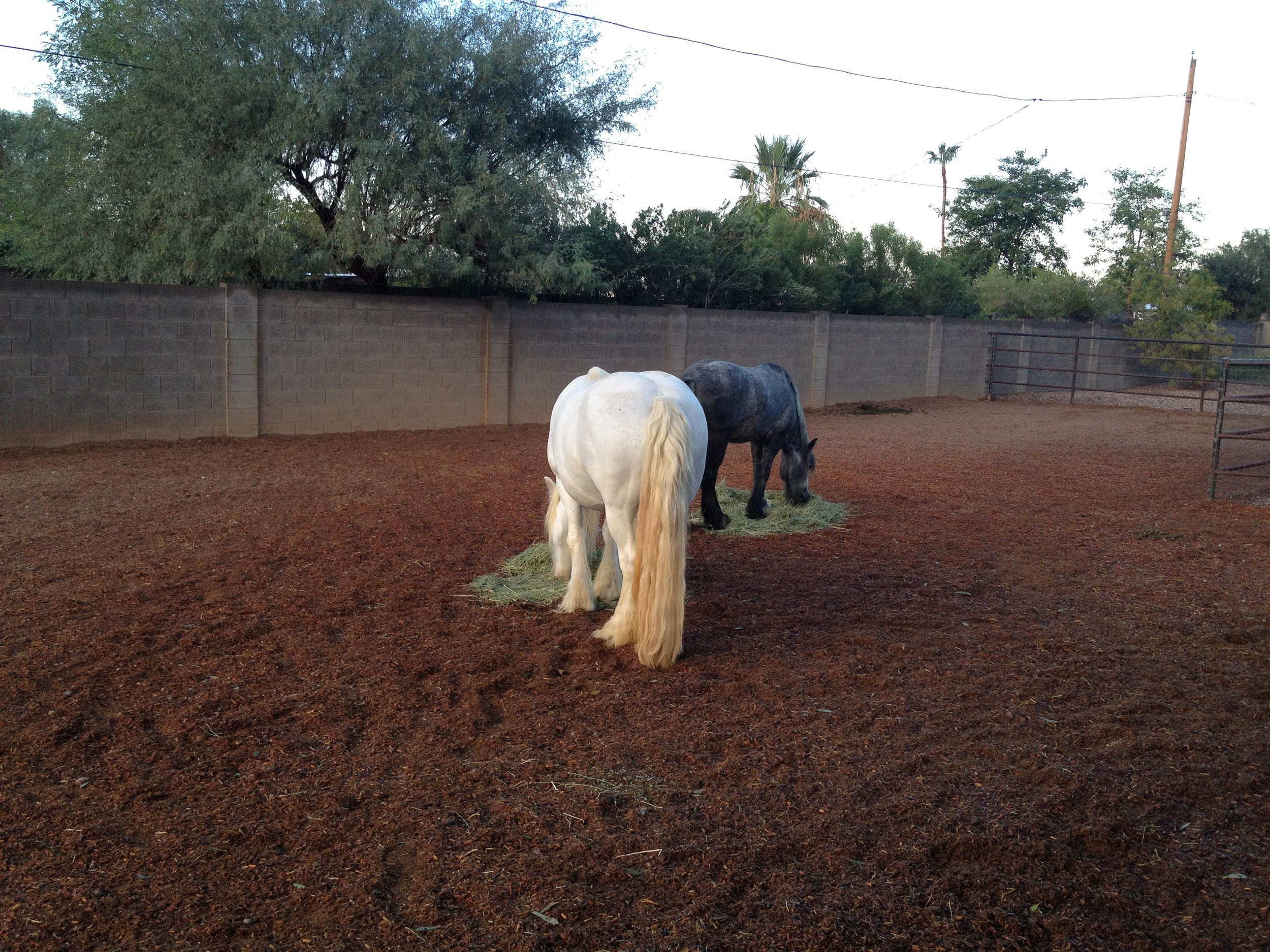

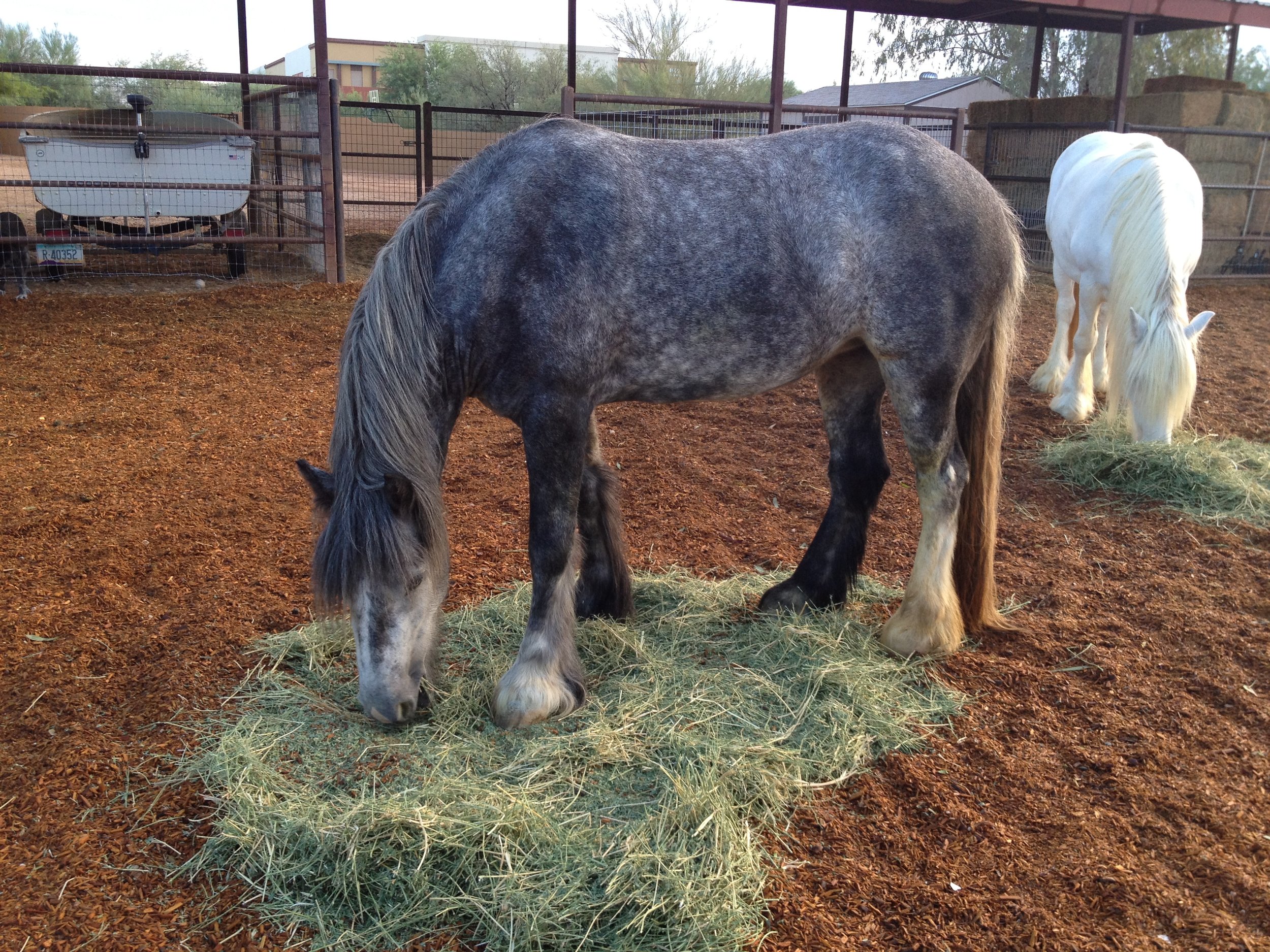
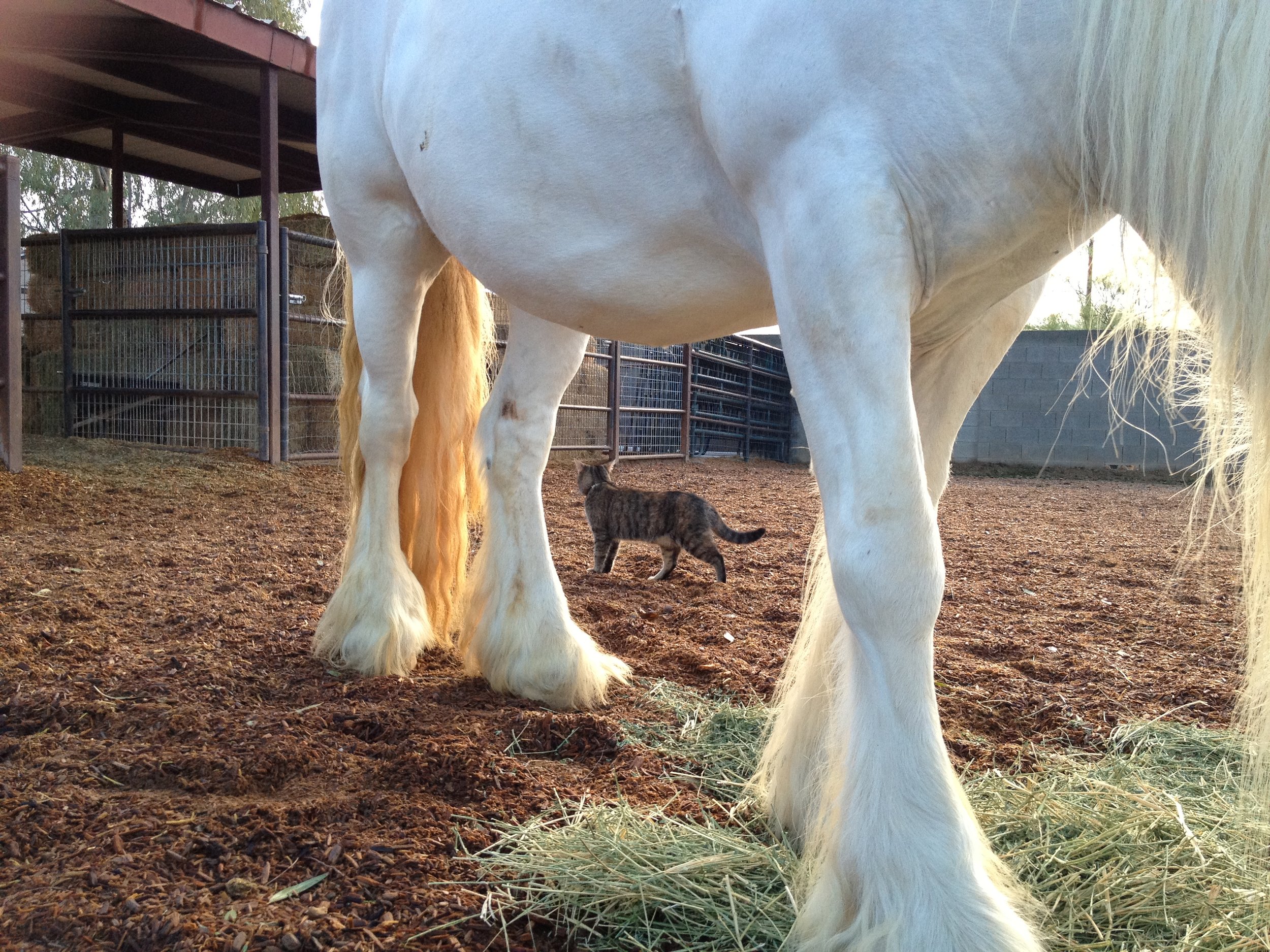

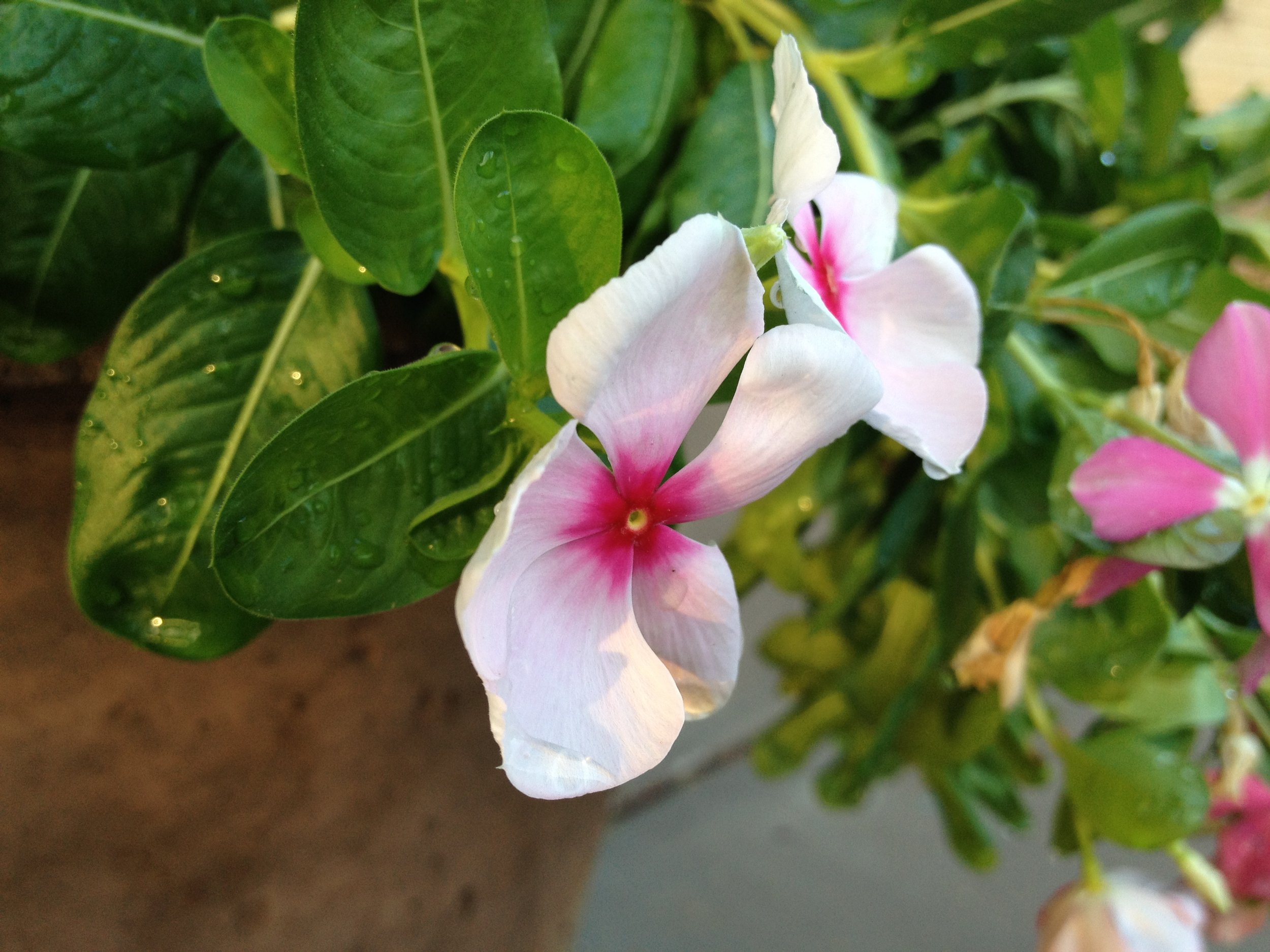
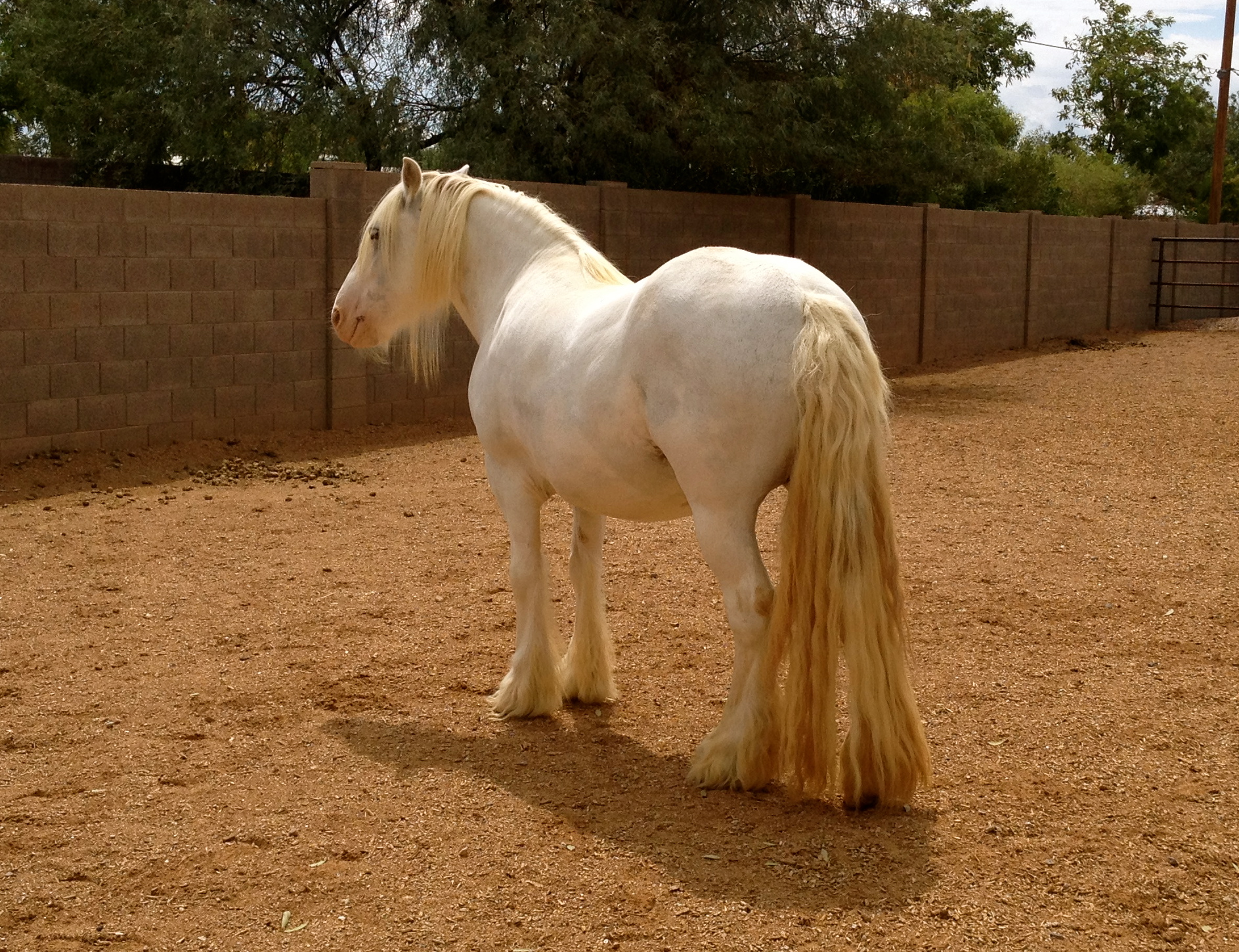



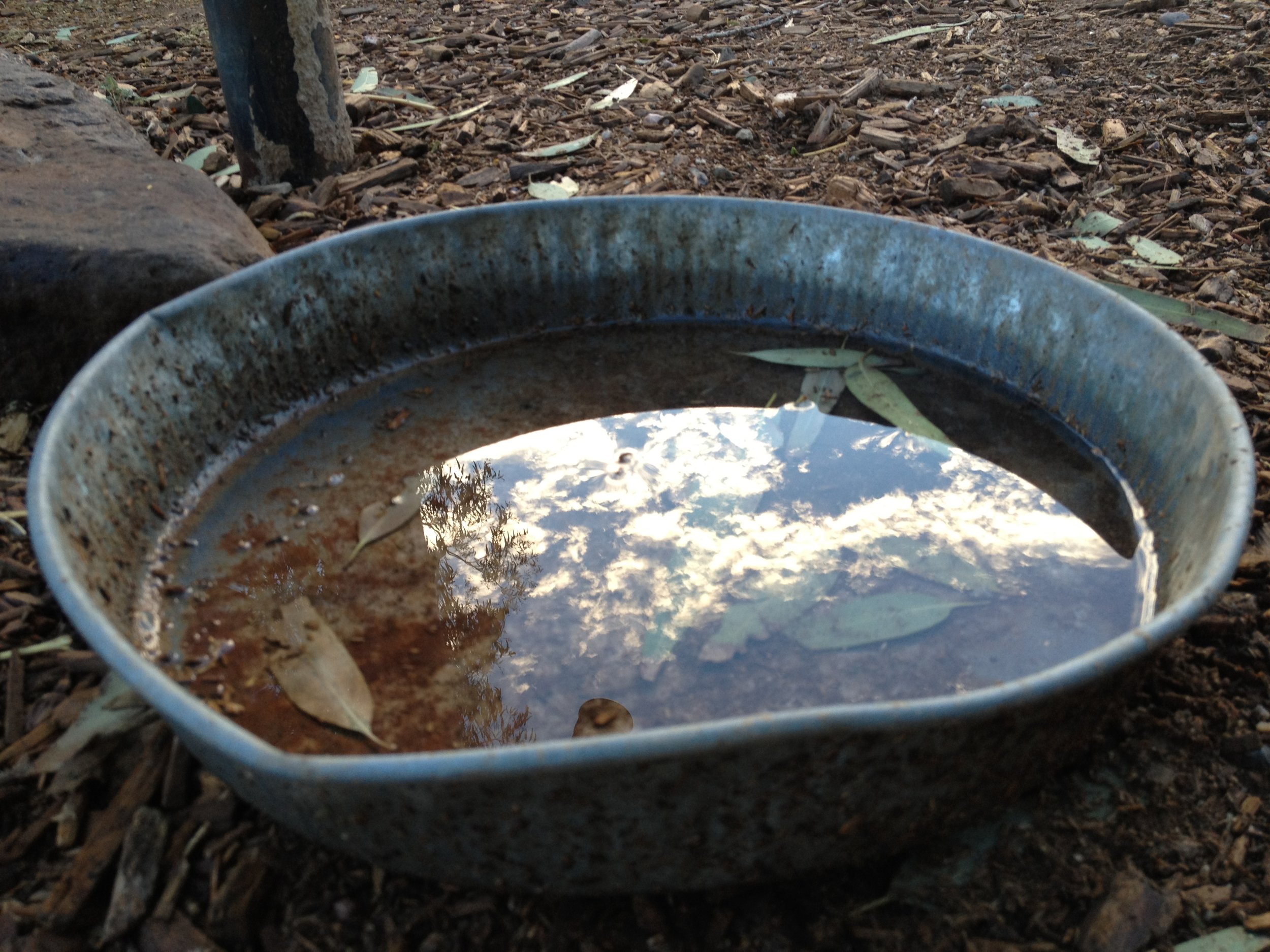

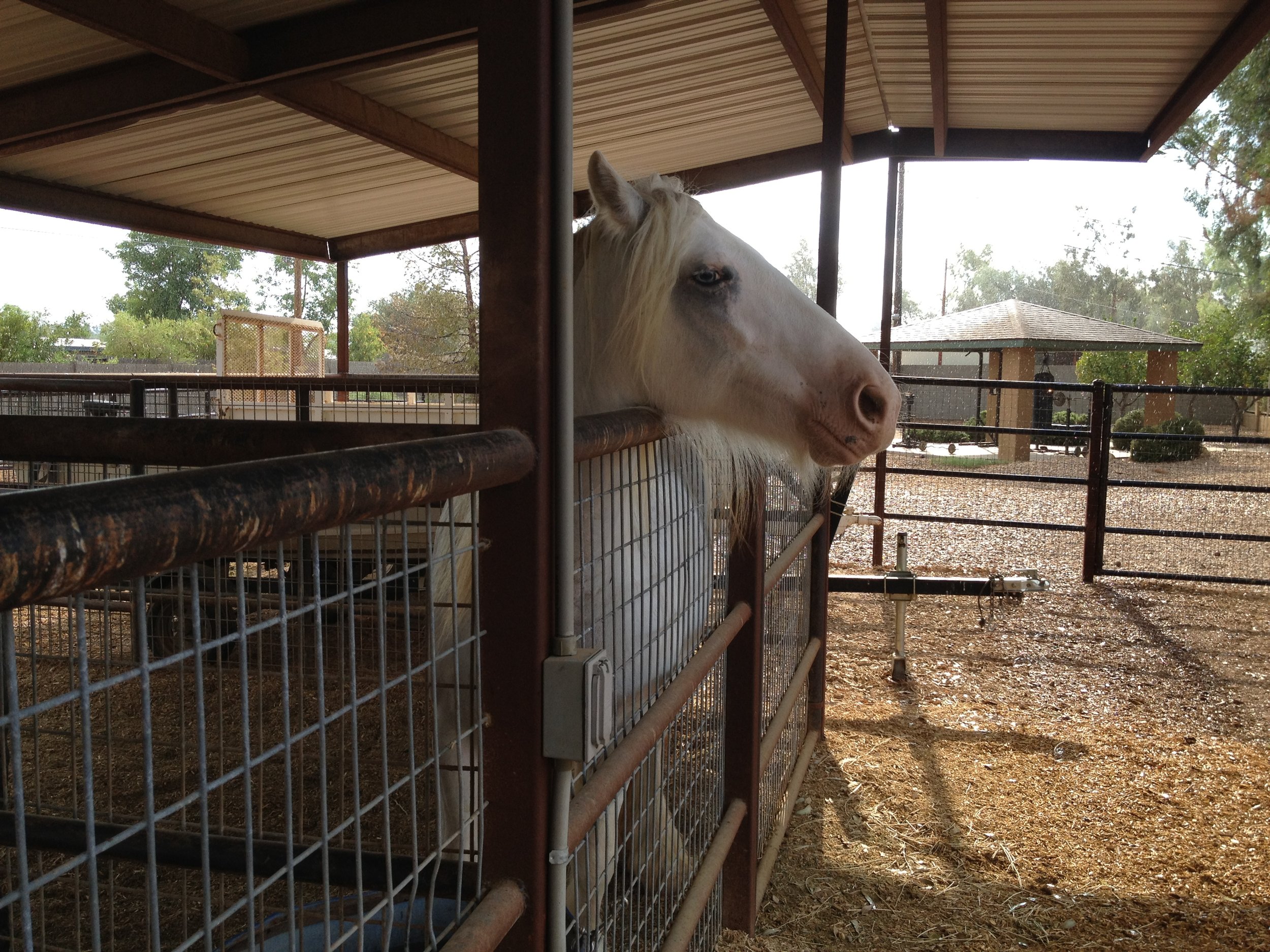 For some more AMAZING Arizona photography, check out this local photographer's page.Thanks for reading,Heidi
For some more AMAZING Arizona photography, check out this local photographer's page.Thanks for reading,Heidi
Meet the Writer - Virginia Nosky
An author interview on the craft of writing.
Featured Writer: Virginia Nosky
Books: The Fall from Paradise Valley; Blue Turquoise, White Shell; Ring of Fire; Pima Road; Kachina
Coming Soon: To a Certain Degree; White River
Buy Virginia's books:
Intro, from Heidi:
Virginia is an award-winning author, and one of my earliest cheerleaders from my beginning days at the library critique group. I have to say, she intimidated me at first, being one of those no-nonsense types who would put a huge "X" over an unnecessary paragraph, scratch corrections over my manuscripts, and has a take-no-prisoners attitude when it comes to punctuation and grammatical errors.I learned a great deal from Virginia. She gives amazing feedback, and I knew I was getting better at this writing thing when I started to see that she drew a star in areas of my work. That was a sign that she liked what I wrote. And if I got a star on the front page—whoa! Look out! A star from Virginia is like a nod of approval from the Queen.If any of you are interested in writing romance, take a cue from Virginia. This lady may look polite and proper, but, man can she steam up some pages! And she writes a hundred times better than E.L.James, so if 50 Shades of Grey left you wanting more, pick up a copy of one of Virginia's books—you won't be disappointed!
Virginia Nosky:
On craft:
How old were you when you began to write?All mixed up in my mind are these little plays my sister and I would put together with neighbor kids. There was very little written down, but these little dramas were full-blown affairs, with beginnings, middle and ends. They were also fully costumed with whatever our fevered imaginations could come up with. I remember playing a Maria Montez role—she was a popular sultry movie star—always, it seemed, in harem type costume. I wore my mother’s tin measuring cups as my bra, over my nonexistent chest. There was a little woods beside our house and once we even built a little fire in a clearing—to dance around. We had a lot of freedom back then. My point is that I spent a great deal of my play time in a world of glamour and exotic situations. My imagination was engaged constantly in other worlds. Making up stuff has always been with me, and I can’t really remember when I started writing it down. I majored in Communication at Ohio State, worked in broadcasting and advertising. Writing is just there, in my life.Where do you write?When my sons went off to college, my husband took one of their bedrooms for an office, and I took the other one. It didn’t happen suddenly…we just sort of moved their stuff out…like squatters.What helps to inspire you? Music, maps, journals.I have never liked background music. Total quiet is best, but I can tune out ambient household noise when I really get into something. Sometimes I would like to screech at interruptions by my sweet family…but I don’t. I can’t come out with “Do you realize I’m trying to get this woman in bed with the guy and now, NOW”…etc. But that scene will be different for the interruption. That’s true of any artist whose train of thought is broken. The piece will change. You can only hope it will be as good or better.What stands in your way? Logistically/creatively?Not much. A busy schedule is the most disruptive. Or some kind of emergency that requires your attention. It’s hard to be creative when you’re troubled about something.What do you do when you hit a wall?Just going back to reread what I’ve already written just gets everything going. The worst thing is to get into a corner, where something doesn’t work. But I find those insomniac hours at night can come up with some amazing solutions. “Sleeping on it” is really good advice.Do you outline? Know how the story will develop?Outline? No. Never. I know how the story begins, how it will end, and there is usually a dramatic scene somewhere in the middle that triggered the whole idea. That’s not to say the story will end like you thought. Stories develop lives of their own, and sometimes the end will be different than you started out. A character will assert herself or himself. But it’s important to know where you’re going when you start out. For that matter the beginning might change a bit. The best advice I ever read was from Tony Hillerman. Don’t spend so much time polishing and polishing the beginning. You’ll make some changes when you’ve finished. He said when he started out, he did that. He wrote the most perfect first chapter in the universe. It was lapidary in its brilliance and it still nestled unread in a dusty drawer. That has stayed with me and saved a lot of grief.How do you revise and edit?I edit as I go. I get ideas as I go along and work with them. Then when the book is finished I go back and do it some more. And, as I mentioned, if I’m stalled, it’s a good way to get going again.Do you have any special tools?I work on a desk top and I have an extensive library. I have books on birds, astronomy, flowers, history, physics, geography, wildlife, minerals, weather, sports, games, food, wine, native plants, survival, Native American healing. I have maps and word books: Roget’s, Word Menu, Synonyms, Reverse Dictionary. I have several grammar books: The Chicago Book of Style; the Oxford Book of Grammar; Strunk & White. I have a French Dictionary, and Spanish, Italian, a Japanese, Navajo, Portuguese. I have books of quotations. One book I love is the Book of Everything. Everything has a name and this book has every screw, spark plug, beam, anchor, sail, knot…well, you name it. And it’s there. I have dozens of books on writing. Then I’ve collected a number of books on Arizona Indian culture, mostly Navajo. If I don’t have an answer in those books, Google is my friend.Do you belong to a critique group?Yes. I belonged for years to the Scottsdale Writers Group at Mustang Library. That’s where I met you. And many lovely people. My most valuable group is an offshoot of that. There are five of us and we read much longer excerpts from each other. Take them home and write serious criticism. I love them. Every serious writer needs readers to bounce their work off of. We all write different things, but that isn’t a problem, and sometimes it’s invaluable.What kind of research do you do?A lot. One thing leads to another. You read that something happened. Then you find you have to know why it happened. I’m working on a sequel to Blue Turquoise, White Shell called White River. But in writing about an important incident in the Navajo history, it took place during the Civil War. And I had to get into that, which I hadn’t meant to. That’s the trouble with history. Nothing happens in a vacuum.Did something surprise you? Not really. Particularly with White River. Oh, fascinating details crop up, but I had immersed myself so much in the first book, I pretty much knew what was going to happen.How does it feel to write the last line?With Kachina, my first book, there was a huge surge of pride that I had done it. But I face the last line now with a sense of uncertainty. Is this the right ending? Also a sense of regret. You do get into the lives of your characters and you can’t stop thinking about them. But you do have to send that baby out into the world. A book isn’t truly finished until somebody reads it. I always sense that it’s the same with an artist. When to lay down the brush.
On the business of publishing:
How did you find an agent?I don’t have one now. But it was endless queries, endless sending out mss. Two of my books I’ve used a Canadian publisher that I met at a conference. Conferences are a great place to meet editors and agents. They’re sort of obligated to look at a little bit of your stuff.Has self-publishing shaped your career?I’ve had all my books come out with traditional publishers. I don’t have a problem with self-publishing and I’ve thought about using it to publish my poetry and short stories. These have been in anthologies, but I may get to it one of these days as the rights devolve to me. One has all that nice control when you do it all yourself.What can you share about marketing? What didn’t work?It’s ongoing, it’s time-consuming and most writers hate it. I do. But publishers don’t do it anymore. Oh, maybe if you’re ever so famous. I’ve tried a bunch of stuff, even hired a publicist, but it was pretty much a waste of money. I have a great gal who helps me with computer things and we’ve become great friends. But it’s just getting your name and work in front of the public on and on and on. Speaking to groups is great, and you can hope that the more you write the more your name will become familiar. All the social media is a must.
About You:
Tricks to make writing easier.It’s not supposed to be easy, but it’s fun most of the time. When you get a good scene going, you soar.What writers inspire you? Updike, because he notices the smallest things. Maybe all the good writers do. Don Delillo, Pat Conroy, T.C.Boyle, Chrisopher Moore, Richard Russo, Barabara Kingsolver. David Sedaris is hilarious, Christopher Buckley. Tony Hillerman, Elmore Leonard so simple…well, on and on.What do you read for enjoyment?All of the above. I’m really all over the map in what I read. I sort of lean to literary, but well- written trash is fun, too.What’s next for you?As I mentioned above, White River has gone off to the publisher. It will probably be out the first of the year. I’ve done some short stories, and have put together some contest work. I’m relaxing doing a little romance that’s been around in my drawer for awhile.Where can we find you? My website is www.virginianosky.com. I have a trailer on YouTube for The Fall From Paradise Valley. I just did a long interview on web radio with Al Cole, a broadcaster out of Boston. All my books are on Amazon, Barnes & Noble, ChampagneBooks.com/store. Some of them are in libraries around town, but they can always be ordered. Poisoned Pen book store has several.Thanks Virginia!For those of you in the Phoenix area, Virginia will be giving a Workshop:"Writing Romantic Scenes" for the Scottsdale Society of Womens Writers on October 31, 5:30-7:30, at the Chaparral Suites Resort in Scottsdale.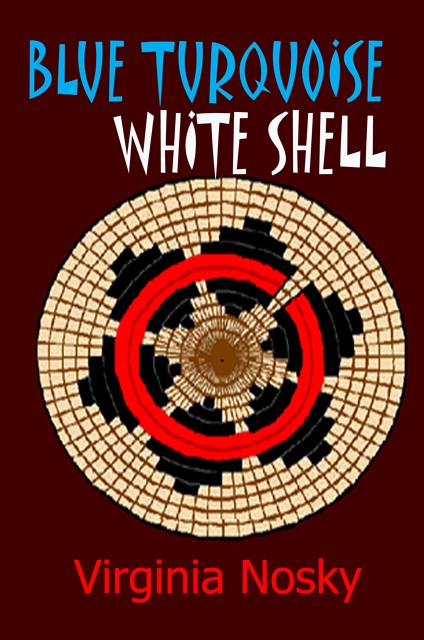 Blue Turquoise, White Shell is a contemporary multicultural romance mixed with historical fiction. It has won three First Place Glyph Awards from the Arizona Book Publishing Association.When a privileged east-coast Med school student agrees to work on the Navajo reservation in exchange for getting her Harvard education paid in full, the last thing she expects is to fall for the tribe's newest congressional Golden Boy, Nicholas Nakai. But what is in her secretive grandfather's past that makes him send Lily to the Rez? You'll have to read to find out!
Blue Turquoise, White Shell is a contemporary multicultural romance mixed with historical fiction. It has won three First Place Glyph Awards from the Arizona Book Publishing Association.When a privileged east-coast Med school student agrees to work on the Navajo reservation in exchange for getting her Harvard education paid in full, the last thing she expects is to fall for the tribe's newest congressional Golden Boy, Nicholas Nakai. But what is in her secretive grandfather's past that makes him send Lily to the Rez? You'll have to read to find out!
Back to the Mountains - a picture post
If you've been reading my blog for awhile, first of all, THANK YOU!! :) and second of all, you'll be glad to hear about a place familiar to us; our favorite spot in the beautiful White Mountains of eastern Arizona. This is where you first heard of it. Here's the follow-up from last year where you see our lovely tree burned to the ground.In celebration of quitting my job, the last hurrah before school started, and my husband having 3 days off, we headed back to the our favorite spot for a cool break from the 115° heat. Here are some AAaaaahhhh moments:


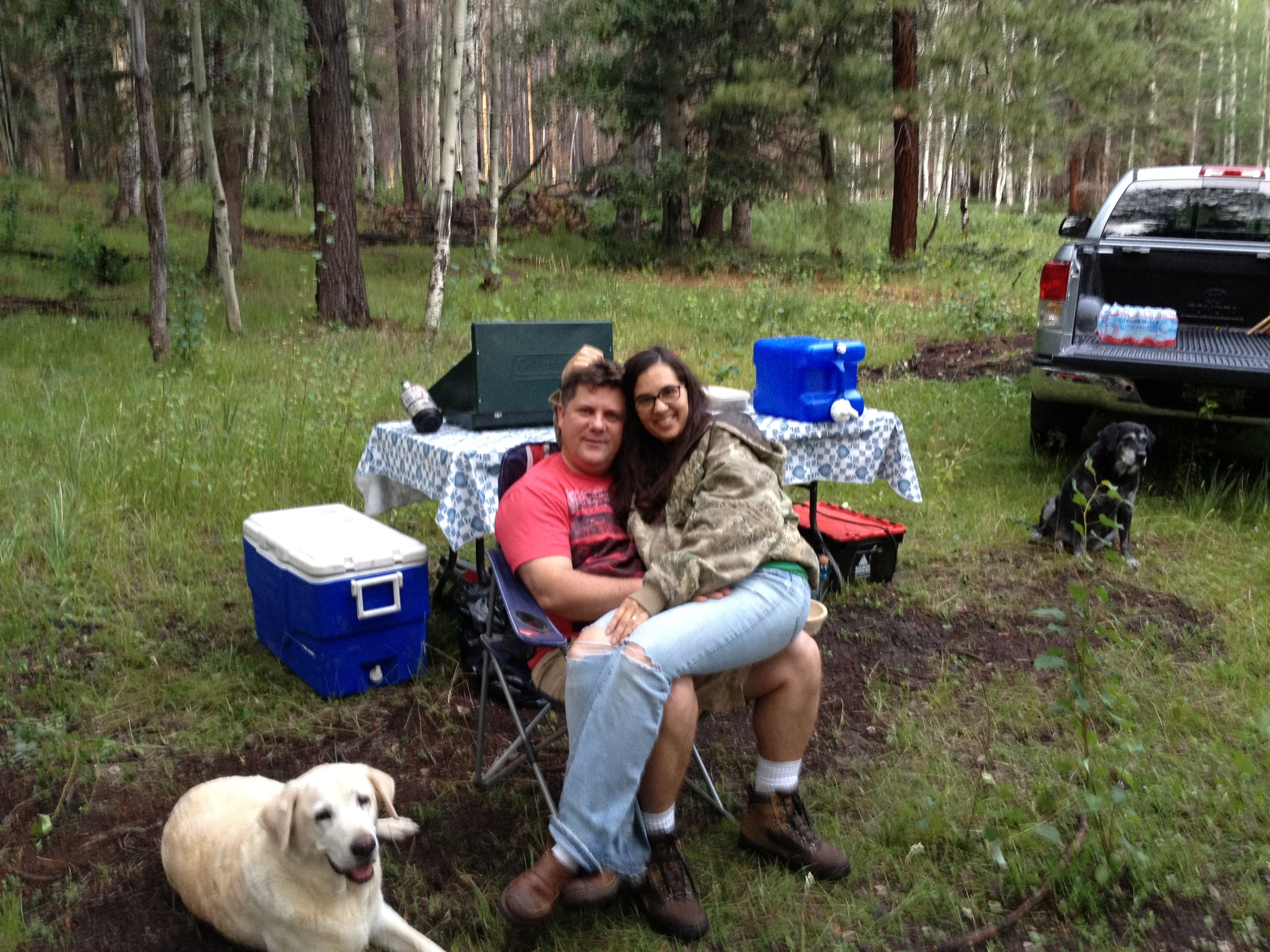

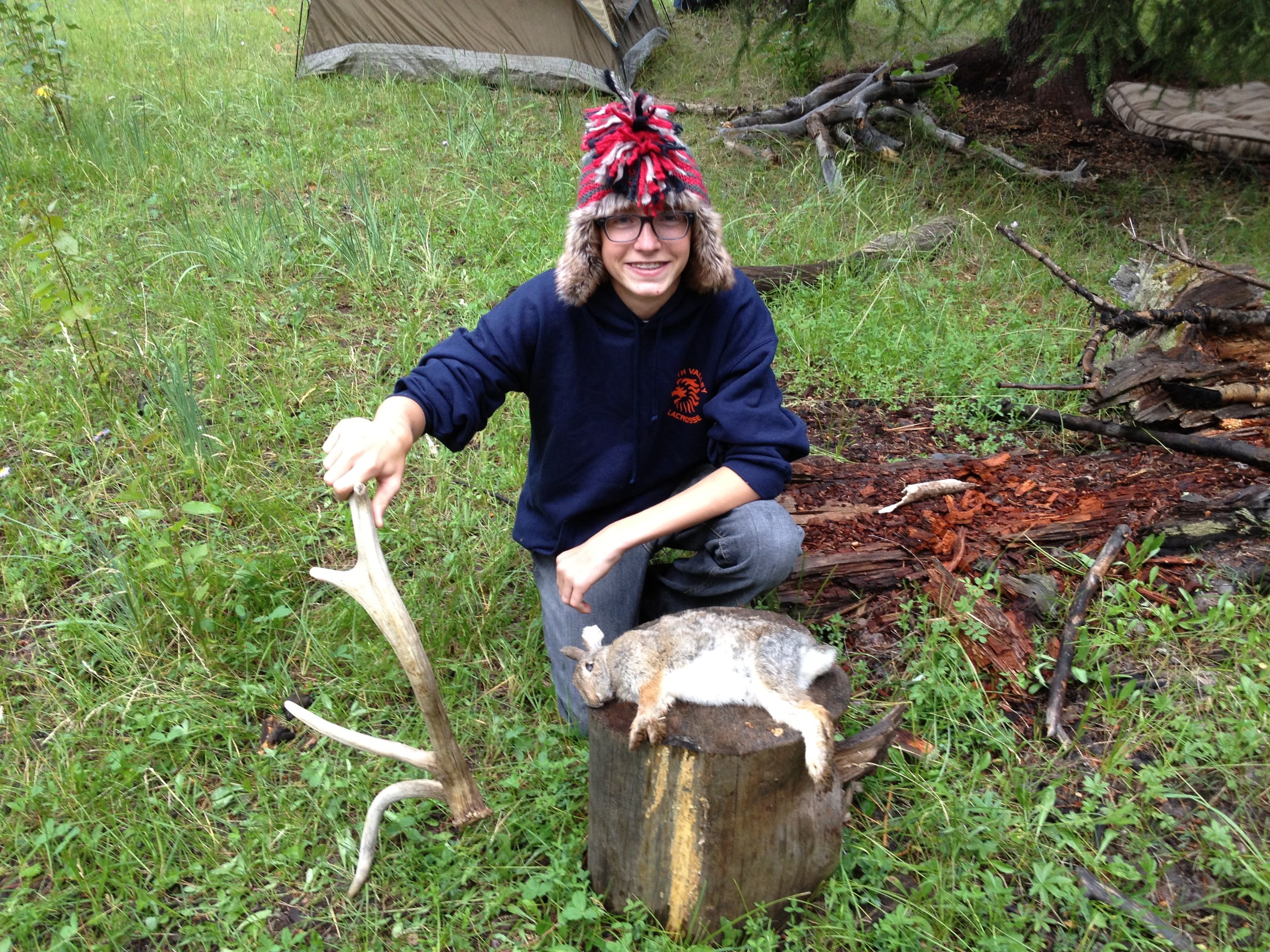


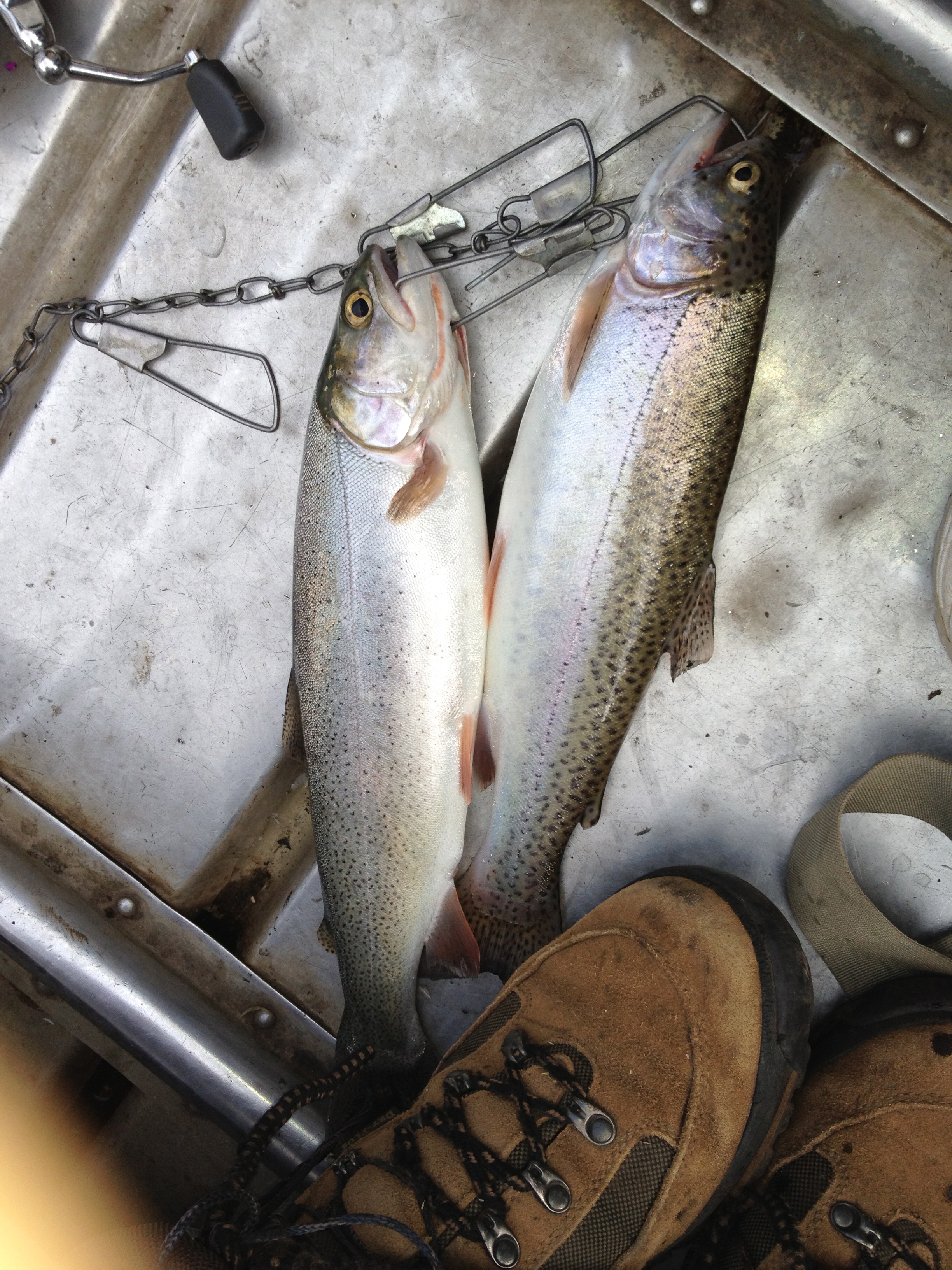





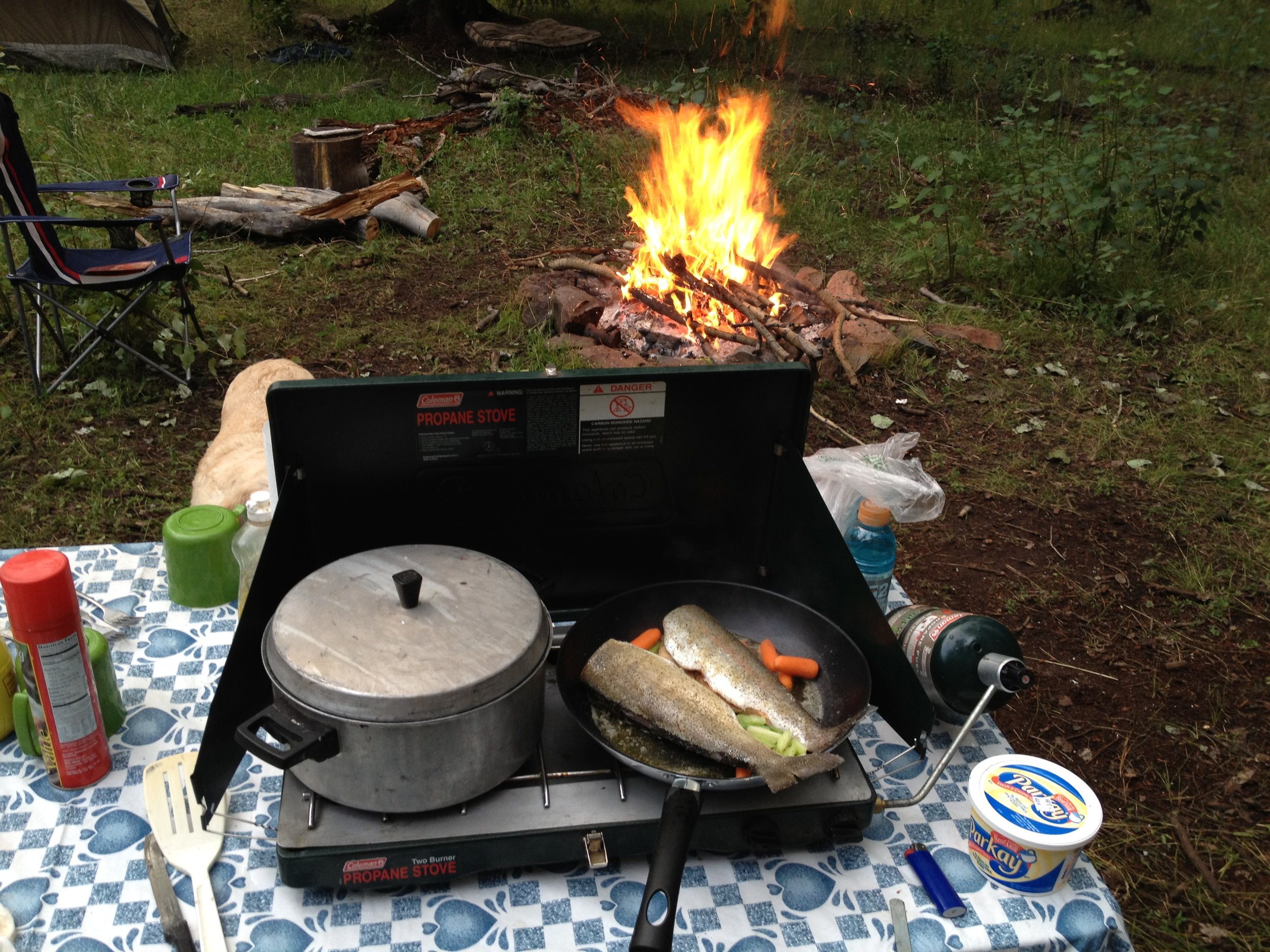
...and then my battery died.
The nice thing to know is that the area is bouncing back nicely. Fire kills forests, but in the ashes come new life. Grass is growing thick, and our camp spot had the biggest surge of baby Aspens that we've seen since we've been coming here. The wildlife will feed on the fresh new growth, and the whole cycle will begin again.
Thanks for coming along with us, and I hope each of you has a chance to get out and enjoy a nice weekend with your family.
Take care!
Heidi
I am Leo Hear Me Roar (or) Why I Quit My Job
I am a Leo. I totally connect with it. I've always loved cats, the color yellow, and the warmth of the sun on my face. And a big fluffy mane.I'm super-creative, super sensitive, I love being the center of attention. The biggest compliment you could give me is to appreciate something I've made or laugh at something funny I've said. It makes me happy to make others happy. And recognition. Just say,
Hey, Heidi, you did a great job.
In other words: I do it for the applause.
The biggest insult you could give me is to assume that I can't do something. In which case I will most likely treat it as a challenge to prove you wrong.I also have a cat named Leo. In this, my birthday month, a lot of changes have been taking place. First of all, I left my job as a magazine merchandiser. I have to say, it has been a great job for me the past three and a half years. The hours were flexible & the pay decent. I will miss the people at my two stores, the employees as well as the customers. Even though I worked for an outside vendor, the people at the store always made me feel I was part of the team. I absolutely LOVED making sure all of the magazines looked JUST SO: perfectly spaced, stacked evenly, and easy for the customer to browse, and appealing to buy. It helps to be crazy-detail-oriented and slightly OCD when making a magazine rack look so AWESOME.
In this, my birthday month, a lot of changes have been taking place. First of all, I left my job as a magazine merchandiser. I have to say, it has been a great job for me the past three and a half years. The hours were flexible & the pay decent. I will miss the people at my two stores, the employees as well as the customers. Even though I worked for an outside vendor, the people at the store always made me feel I was part of the team. I absolutely LOVED making sure all of the magazines looked JUST SO: perfectly spaced, stacked evenly, and easy for the customer to browse, and appealing to buy. It helps to be crazy-detail-oriented and slightly OCD when making a magazine rack look so AWESOME.
 But my greatest pleasure of the job was helping a customer finding something to read. I love selling books.
But my greatest pleasure of the job was helping a customer finding something to read. I love selling books. My biggest frustration with my job is that I had absolutely no control over what books we stocked. They came pre-ordered, shipped in cardboard boxes every week. Most were your big-name sellers: James Patterson, Nora Roberts and the like. We did get a few literary treasures, and I did my best to help guide people to new and noteworthy authors, and try new genres (like YA! - see my little YA section in the front there?)But every week, I'd have folks asking for something that we didn't carry. And I'd read Publisher's Weekly, hear about all of these great new titles out there, and on our shelves, in pre-plan-o-grammed slots, stood the same sorry old titles, month after month, collecting dust. Why? Is it someone meeting a sales quota? Does Nora Roberts have evil geniuses hitting the "buy" button at distributing warehouses? Who knows. All I know is, in the great scheme of things, I was simply the schlub unpacking the box in the backroom, and getting merchandise out to the sales floor. And then I'd walk into Barnes & Noble or even (shudder) Costco, and see the titles that PW wrote about that week. I mean, even the book page in People magazine had better titles than we had a t the store. Ugh.Once I had a customer ask me:
My biggest frustration with my job is that I had absolutely no control over what books we stocked. They came pre-ordered, shipped in cardboard boxes every week. Most were your big-name sellers: James Patterson, Nora Roberts and the like. We did get a few literary treasures, and I did my best to help guide people to new and noteworthy authors, and try new genres (like YA! - see my little YA section in the front there?)But every week, I'd have folks asking for something that we didn't carry. And I'd read Publisher's Weekly, hear about all of these great new titles out there, and on our shelves, in pre-plan-o-grammed slots, stood the same sorry old titles, month after month, collecting dust. Why? Is it someone meeting a sales quota? Does Nora Roberts have evil geniuses hitting the "buy" button at distributing warehouses? Who knows. All I know is, in the great scheme of things, I was simply the schlub unpacking the box in the backroom, and getting merchandise out to the sales floor. And then I'd walk into Barnes & Noble or even (shudder) Costco, and see the titles that PW wrote about that week. I mean, even the book page in People magazine had better titles than we had a t the store. Ugh.Once I had a customer ask me:
Are you the book BUYER?
I wish.Besides my frustration at my limited amount of input, I began to have physical problems. Today, in fact, I am going in for an MRI so the doctor can see a nice pretty picture of the disk in my neck that has bulged out enough to pinch a nerve, causing numbness and tingling through my arm to my fingertips, and a baseball-sized knot in my shoulder. Ouch.Thanks, in part, to:
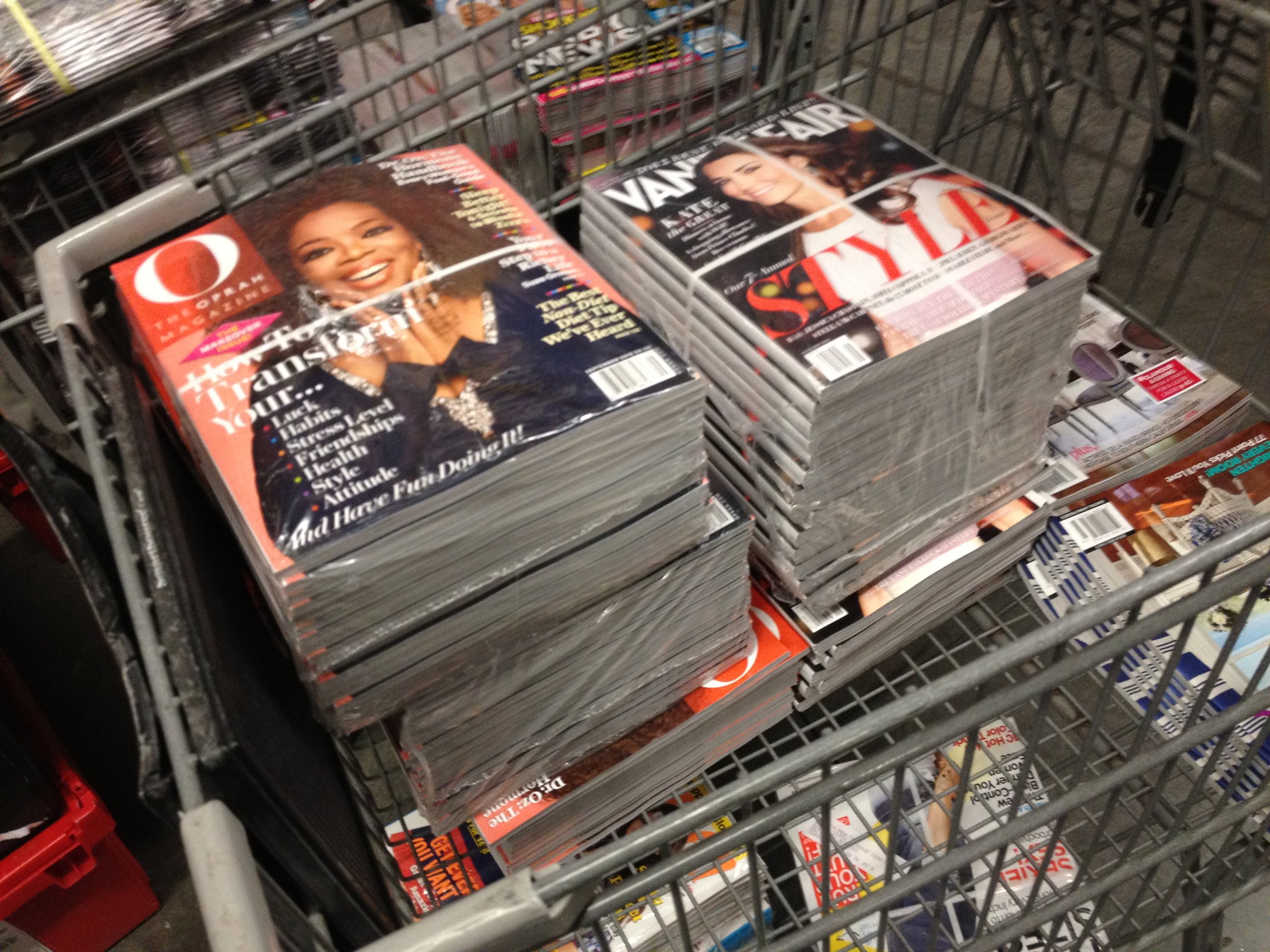 This is how magazines come shipped to the store. Each of those bundles* weighs approximately 25 lbs. They get delivered in these red plastic totes, and each tote weighs 40-50 lbs each. A typical delivery at my biggest store averaged 25-30 totes. I figured on a good day, unpacking new magazines, lifting and stacking the totes, and carrying stacks and stacks of magazines to the checkouts and the main aisle and then packing up all of the old magazines, for about 6+ hours, I would move about 1,500 lbs of merchandise in a day.
This is how magazines come shipped to the store. Each of those bundles* weighs approximately 25 lbs. They get delivered in these red plastic totes, and each tote weighs 40-50 lbs each. A typical delivery at my biggest store averaged 25-30 totes. I figured on a good day, unpacking new magazines, lifting and stacking the totes, and carrying stacks and stacks of magazines to the checkouts and the main aisle and then packing up all of the old magazines, for about 6+ hours, I would move about 1,500 lbs of merchandise in a day.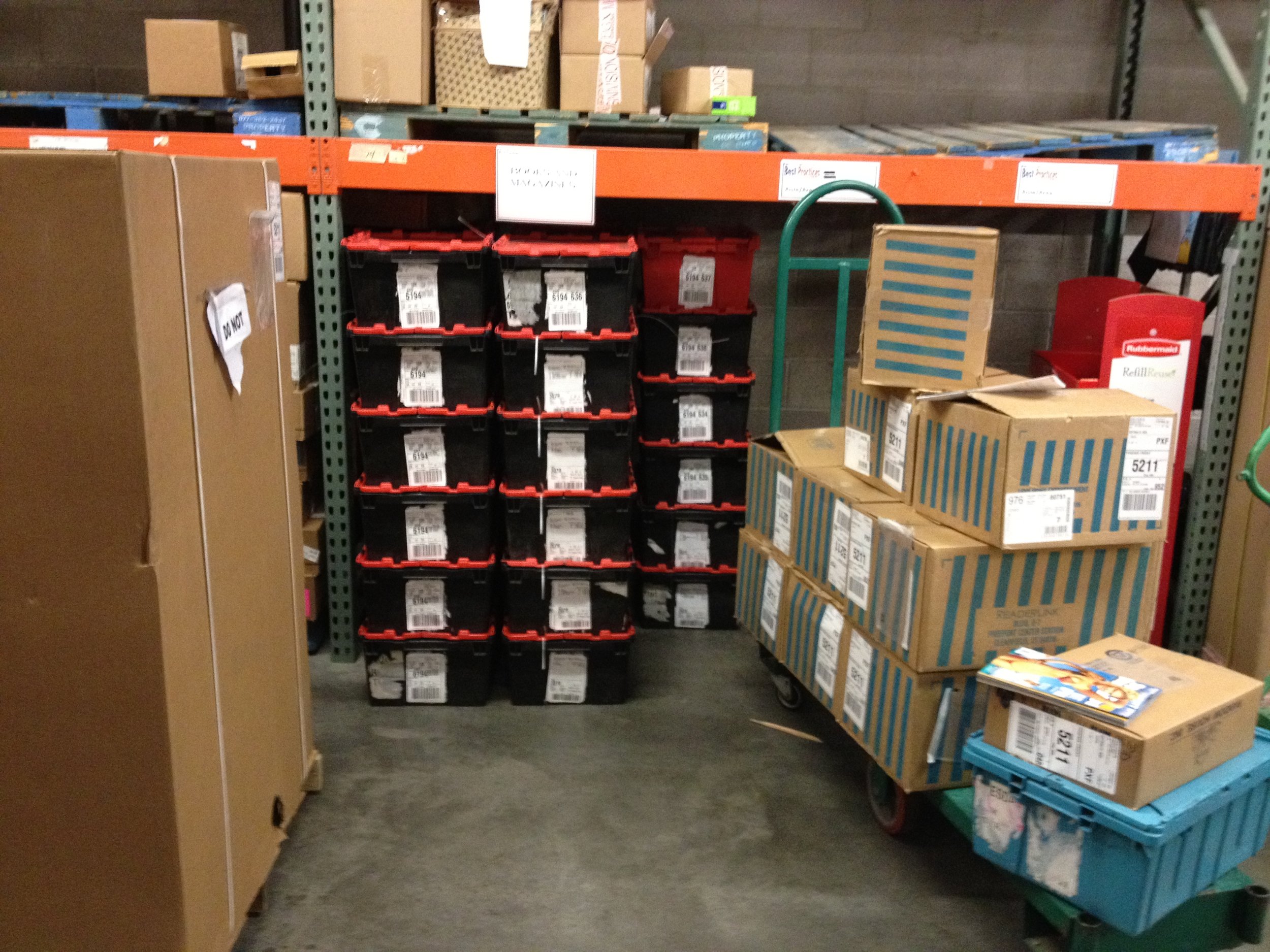 So, while it is a very good workout, it's also a little hard on the ol' bod. And when my company announced that they were no longer going to have the accounts of the stores I serviced, I figured the timing was just as well. So I decided to move on. But I am very grateful for the experience. I learned so much in the past three years—not only about work, but about people, and a lot about myself.I do have a couple of ideas in mind about where I want my future to go, career-wise, but for the immediate future, I'm going to concentrate on some yoga & physical therapy, get back to nesting, being a mom, playing with my horses and writing a lot. (Insert happy face here)
So, while it is a very good workout, it's also a little hard on the ol' bod. And when my company announced that they were no longer going to have the accounts of the stores I serviced, I figured the timing was just as well. So I decided to move on. But I am very grateful for the experience. I learned so much in the past three years—not only about work, but about people, and a lot about myself.I do have a couple of ideas in mind about where I want my future to go, career-wise, but for the immediate future, I'm going to concentrate on some yoga & physical therapy, get back to nesting, being a mom, playing with my horses and writing a lot. (Insert happy face here) Which brings me to the last thing I wanted to share with you: pictures of our latest outing. You may recognize one of our favorite get-away spots in the mountains.
Which brings me to the last thing I wanted to share with you: pictures of our latest outing. You may recognize one of our favorite get-away spots in the mountains.
✢✢✢
*BTW: Shame on Oprah. For some reason, her magazines are some of the heaviest. I like Oprah, I think she does some really great stuff. But for someone who preaches how to make everything better all the time, she should really be printing her magazine on recycled paper. REAL SIMPLE is printed on recycled paper, AND they don't use that heavy-duty plastic wrapping either, and they are the lightest weight magazine I have stocked. THANK YOU, REAL SIMPLE! Rachael Ray also prints on recycled paper. Oprah, your magazine needs to get in shape.
✢✢✢
 P.S. In brief: In recognition of one of the true pioneers of the feminist movement, and the founder of Cosmopolitan magazine, Helen Gurley Brown, who passed away this week at the age of 90.Here's a piece from NPR.
P.S. In brief: In recognition of one of the true pioneers of the feminist movement, and the founder of Cosmopolitan magazine, Helen Gurley Brown, who passed away this week at the age of 90.Here's a piece from NPR.
Meet the Writer - Deborah J. Ledford
An author interview on the craft of writing, with mystery/thriller writer Deb Ledford.
An author interview on the craft of writing.
Featured Writer: Deborah J. Ledford
Books: Snare, Staccato (more info below)
Buy Deborah's books:
Intro, from Heidi:
I met Deb on my 36th birthday. I had been writing furiously, collecting odd thoughts, dialogue and ideas in various notebooks, and had absolutely no idea what to do with any of it. It was the first time in my life I ever looked at writing as something fun to do instead of a chore, like all of those school book reports. Plus it was about the only thing keeping me sane.At that time, I was coming out of a pretty deep depression, and my therapist (brilliant woman that she is) suggested writing. Just writing. All those ideas floating around in my head, bumping into all the other things that I needed to do, cluttering up the joint—get them out of your head and down on paper! Best advice I ever got.But what to do with these notebooks, now half-filled with half-formed ideas? I looked at my local library flyer and noticed an open writer's group, and the meeting happened to be scheduled on my birthday. I went, as my present to myself. I haven't looked back since.Deborah J. Ledford, affectionately known as Deb by our ramshackle gang of misfit writers, was the moderator then, and for several years she shuffled our papers around the table, monitored everyone's allotted time, and made thousands of edit notes.I learned some of my most valuable writing lessons from Deb, and for that I will be forever grateful:
Get rid of all those WASes and JUSTs!
Just yesterday, I browsed the new releases at Barnes & Noble and picked up a title that I'd been hearing so much buzz about: Chris Colfer's The Land of Stories. It looked promising, and had an impressive imprint (Little, Brown), but after I counted at least 7 "was"es on the first page, I had to put it back. Too bad this promising young talent didn't have Deb to edit his book! It does look like a fun read for middle-grade kids though.I'm honored to have helped Deb edit her two books, Staccato and Snare, and to host her here on my blog. Enjoy the interview! And take notes.
Deb Ledford:
On Craft:
-
How old were you when you started writing?
I can’t really remember not writing. I was a shy girl and always had my nose buried in a book, or a pen in my hand. I began to express myself through artwork, starting out painting oil on canvas, scratchboard and pen and ink. My love for movies and rockin’ dialogue is what got me interested in writing screenplays, which then led to novels and short stories (after Hollywood broke my heart).
-
Where do you write?
At my dining room table. I need a lot of space to spread out my research materials and other items that keep me motivated. I’ve found that a room with 4 walls, facing a wall does not work creatively for me. The space is wide open and the window where I sit looks out on the front yard.
-
When do you write?
My most creative time is in the late afternoon to very late at night. My background is in technical theatre as a professional scenic artist therefore I usually didn’t begin working until after 10:00 PM. I start my day with emails (so many!), then edit other writers’ pages. I find that I need to take a break and begin to switch gears to my own work. Then I’ll read the previous day’s writing and go from there.
-
What helps you write—music, pictures, maps, journals, etc.—what gets you into that mindset?
Music, all the time I’m at the keyboard. The songs or artist depend on the scene as well as the characters I’m working on. If it’s a climax I’ll go with a rock group like The Killers, Within Temptation, Muse, and Evanescence. When I’m working on a Native American location I prefer Robbie Robertson and Robert Mirabal. But I’m hooked on contemporary Broadway Musicals and always have a soundtrack going. My current favorite is Next to Normal, Spring Awakening and Book of Mormon.
-
What are some things that stand in your way? Logistically as well as creatively?
The lack of time to write. This year I’m the current President of the Sisters in Crime Desert Sleuths Chapter which is the Arizona chapter of an international writers organization, and also the lead editor for the 4th anthology, SoWest: Desert Justice, written by member of our group. These tasks take quite a lot of my time, but I’m honored and thrilled to be associated with so many professionals. Our main goal is to be supportive of one another.
-
What do you do when you "hit a wall?"
I try to avoid this! But what works for me is to read what I’ve already written. That usually kick starts me, or at least gives me ideas of what else needs to be implemented.
-
How do you draft/revise? (i.e. do you just get it out in one big "dump," then revise, revise revise, or do you revise and edit as you go)
I write chapter by chapter. Not always consistent with chapters’ timeline. During the “first draft” I focus on one chapter per day. Pound out the highlights, then print it out and make notes on the hardcopy, go back and flesh out those elements, print out again, repeat over and over until I’m quite happy with the chapter. I prefer this method as the version tends to be more of a seventh draft, which is much easier for me to deal with when it comes time to “final” edits of the entire manuscript.I tend to write front to back, but absolutely have to know the first 5 chapters, 2-3 climax points and the ending before I know I’m ready to dive full-force into a new project. It’s also crucial to know the 3-4 lead characters inside and out—complete biography details and most importantly their psychological drive which helps me with their motivation. I need to know that I love the concept and characters because I’ll be living with them for months on end. This process is somewhat the same for writing short stories. I work out 90% of the piece in my head and through notes before I sit down at the keyboard to compose a draft.
-
What are some tools that you use? (reference guides, manuals, websites—a favorite pen/notebook/computer)
I’m also a professional content editor, so I need to stay up on current Industry Standards for formatting and what is “acceptable” when approaching agents and editors. I rely on the Chicago Manual of Style and A Pocket Style Manual by Diana Hacker. PublishersMarketplace.com is the best site for researching agents and editors. I work on an Acer laptop, but hook it up to a full-size keyboard and large monitor.
-
Do you use critique groups? How did you find them?
Until fairly recently I was the moderator of the Scottsdale Writers Group through the public library. I met loads of excellent writers at this group (including you, Heidi!) and am still in touch with them. I’m a current member of a small intense group with four other highly motivated professional writers. Their advice and support is invaluable and I couldn’t do this without them. I highly advise any dedicated writer who intends to submit their work for publication to find a critique group. After reading our own words for the 100th time, we don’t see the problems anymore. Objective, fresh eyes are crucial when polishing your work.
On your current project:
-
What was your inspiration for this book?
I always wanted to be a rock star, which is where the idea for SNARE originated. Sounds a bit silly, but that’s what is fascinating about being a writer—we can do whatever we want. I was a screenwriter and filmmaker in my previous profession and so was able to be creative on many levels. However no other medium, other than writing, can one be not only the writer but also the casting director, location scout, composer, director, editor, costume designer…essentially everything. Which is why research is so important.
-
What kind of research did you do for this book? And, were you surprised by something that you learned in your research?
So much research for STACCATO and SNARE. The first book focused on two world-class pianists and finding the proper classical pieces was instrumental in showing their world. SNARE was much different as the location and mind-set of the Taos Pueblo Indians is what I needed to convey. Once I decided on the Tribe to focus on I came into contact with the communications director on the Taos Pueblo in New Mexico. Floyd “Mountain Walking Cane” Gomez read every word of the manuscript as I composed each draft. He either approved scenes, characters and elements, or told me flat out “No, you cannot use this.” (He told me this a lot!) Elements Floyd wasn’t sure about were cleared by the Taos Pueblo Tribal Council.
-
How good did it feel to write that last line?
I always get a little down when I finish a novel—not that it’s ever truly finished. I allow myself a few days to grieve, then start thinking about the next project which is usually a new short story to keep me sharp.
On the business of publishing:
-
How did you find your agent/editor?
I was very fortunate that my publisher found me. I submitted STACCATO for “The Next Great Crime Writer” competition sponsored by CourtTV (now TruTV) which was featured on Gather.com. STACCATO finished 6th in the first round of more than 350 entries and was in the top ten for the semi-final round. Fortunately for me my publisher found out about this contest and was looking for talent.
-
How has self-publishing shaped your career as a writer? / What is your opinion of self-publishing?
I’m actually not self-published. My publisher, Second Wind Publishing, is a small independent publisher. This has been a good fit for me as I have very specific ideas regarding the overall “look” of my books. Second Wind has allowed me to provide input and final approval of the formatting and cover design for SNARE and STACCATO. Traditional publishers have their own staff to provide these elements. Quite a few of my writer friends have decided to go the self-publishing route—and I highly considered doing so for the third book of my Steven Hawk/Inola Walela series, but I decided to finish the trilogy with Second Wind. I do plan to write novellas in the future featuring characters from my books, as well as fleshing out some of my favorite published, award-winning short stories. I will self-publish these.
-
What can you share with our readers about marketing? (i.e. what, if any, support did you have from your publisher? Costs involved? Things that worked best/weren't worth it, etc.)
It’s never too early to start establishing yourself on the Internet. A website or blog is crucial—somewhere agents/editors can start their legwork on researching you. Yes, you will be vetted, especially when it comes time to a representative requesting your work. It takes loads of time establishing “friends” and followers on Facebook, Twitter and Goodreads, but I highly beginning this process even as you’re writing your first novel. Agents and prospective publishes need to be certain you are capable of promoting your work and the Internet is step one in being recognized.I’m with an independent publisher and a majority of the PR and market falls on my shoulders. This is happening more and more, even with big traditional publishing houses. Unfortunately time away from the keyboard, but the Internet truly is the only way to keep your name out there. Name recognition is huge, especially when you are about to release something new and want to get the word out. Do not over-promote. Blatant Self-Promotion (BSP) is a no-no.However, I do not advise spending too much time marketing online. Stick to your main goal: writing. The more you have written the better your chances of succeeding will be. I spent hundreds, if not thousands of hours promoting my debut novel, STACCATO and don’t believe this benefited me much. I scaled my hours online way back with SNARE.Be supportive of other writers, and find other avenues (rather than Facebook, Twitter, etc) where potential readers may be found. I’m still trying to figure out where to find readers so please give a shout out if any of you out there could provide clues to accomplishing this.
About You:
-
What is a trick that you've learned along the way that has made the writing process easier?
Stay focused. When I’m working on the first draft of a novel I push for 2,000 words per day. Sometimes this takes a few hours, other times eight. This helps me stay in the head of my characters and on top of what needs to happen next.
-
What do you like to read for enjoyment?
Literary fiction continues to be my “candy” and I read everything by Michael Cunningham, Pat Conroy, James Irving, Ann-Marie MacDonald and Isabel Allende. Due to the need to be current with crime fiction I now follow everything by John Hart, Cara Black, Karin Slaughter, Lisa Gardner and Gregg Hurwitz. I also love the British mystery novelist Kate Atkinson, who is quite literary with her lyrical prose. My favorite book continues to be Rebecca by Daphne Du Maurier. Up-and-coming author favorites are historical mysteries by Rebecca Cantrell and Kelli Stanley.
-
We all know that learning from our mistakes is part of the process of becoming who we are. As a writer, what's one lesson you've learned that you would like to pass on to others?
Don’t be shy! I lost out for years because I was so timid, preferring to stay on the periphery and watch rather than put myself out there. Go to writers conferences and approach published authors. Essentially hang out at the bar, which is where agents, editors and authors hang out. If you’re a fan of someone approach them.If you’re a crime writer, join Sisters in Crime (SinC). I’ve met so many big named authors by merely stating, “I’m also a member of Sisters in Crime.” Unlike so many organizations you don’t need to be a published author to join. I research who will be attending the conferences and make a point of seeking out authors I know, or want to know. Establishing these relationships are crucial when you reach the point where you are, or about to be published. Willing authors will provide back cover blurbs, which looks great to your publisher and potential readers. I’m also convinced that my relationship with SinC members is what led to becoming The Hillerman Sky Award Finalist for my latest thriller, SNARE.Also: read, read, read. Not only the genre you write. Debut novels are a great resource in discovering what agents and editors are currently publishing.
-
What's next for you?
Just about to submit Book Three of the Steven Hawk/Inola Walela series to my publisher. CRESCENDO wraps up the series—which is a bit sad. But I’m excited to move on and am about 10,000 words into the first book of a new mystery series. This one will be set entirely in the Taos, N.M. area and will feature a Native American female city cop and a different cast of characters. Also a Young Adult traditional mystery about a boy and girl who set off on their own to solve a rash of arsons in their small Oregon town. Another exciting project is Book Two of Rubicon Ranch. As with the first book, Rubicon Ranch: Riley’s Story, this is a collaboration with other Second Wind authors.What's the funniest thing you've seen online lately? (we'll take a link or image if you've got it)I absolutely love The Red Pen of Doom blog by the brilliant Guy Bergstrom—especially his “Evil Cat” posts. Favorite video is the dog talking about bacon, and the Mishka the Husky saying “I love you.”
Favorite Visual:
-
Where can we find you on the Internet?
My personal website is: www.DeborahJLedford.comYou can find all of my books and short stories at my Amazon Author’s Central page.Personal Facebook PageSTACCATO and SNARE Book Page on FacebookTwitter: @djledfordGoodreads One rock star sensation. Two men want her dead. Three others will risk everything to keep her safe. Who will be caught in a trap?Native American pop singer Katina Salvo embarks on her first live concert appearance. There’s one problem: someone wants to kill her.Katina and her bodyguard, Deputy Steven Hawk, are attacked during her performance, leaving her to wonder—could the assailant be a dangerous man from her youth? Or her estranged father recently released from prison?Performed against the backdrop of the Great Smoky Mountains of North Carolina, and the mysterious Taos Pueblo Indian reservation, SNARE pays homage to Tony Hillerman Native American mysteries and Lisa Gardner thriller novels.Please feel free to comment or leave questions below. Thanks for stopping by!- Heidi
One rock star sensation. Two men want her dead. Three others will risk everything to keep her safe. Who will be caught in a trap?Native American pop singer Katina Salvo embarks on her first live concert appearance. There’s one problem: someone wants to kill her.Katina and her bodyguard, Deputy Steven Hawk, are attacked during her performance, leaving her to wonder—could the assailant be a dangerous man from her youth? Or her estranged father recently released from prison?Performed against the backdrop of the Great Smoky Mountains of North Carolina, and the mysterious Taos Pueblo Indian reservation, SNARE pays homage to Tony Hillerman Native American mysteries and Lisa Gardner thriller novels.Please feel free to comment or leave questions below. Thanks for stopping by!- Heidi











